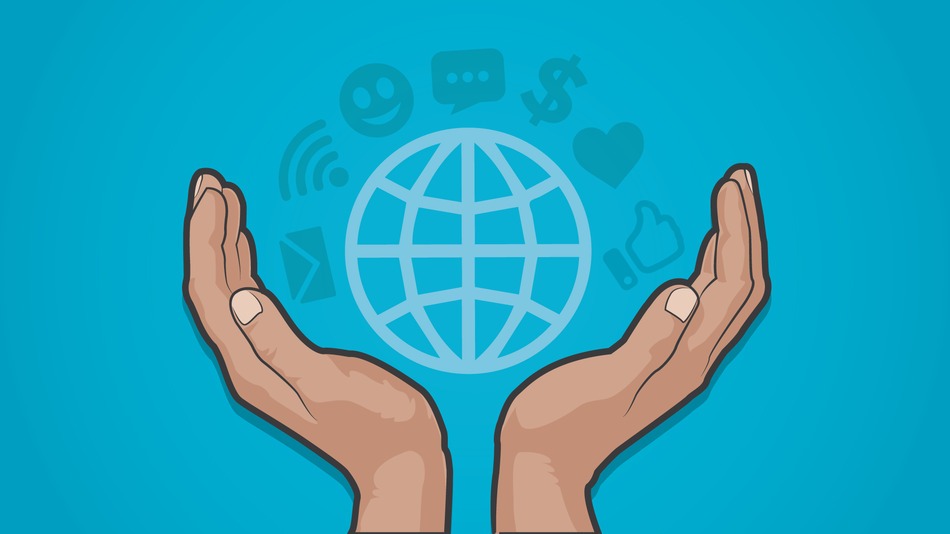
As someone who has spent the last several years thinking about how to measure intangible things, mostly PR but sometimes Ben & Jerry’s “Cherry Garcia” effect on one’s emotional state, I’ve recently become fascinated with another aspect of business which also requires a combination of creative thinking and data to understand its efficacy: Social good.
Selfishly and transparently, I care about this topic insofar as it relates to public relations.
The two are inextricably connected as one of the “stop gap metrics,” a curious little phrase I picked up from Carnegie Mellon professor Ari Lightman. Social good’s success is the degree to which the “PR machine” can generate interest around a particular initiative.
For many companies, the audience reach and public awareness (share of voice, power of voice) generated by the media is the raison d’être for Corporate Social Responsibility (CSR). It is a conduit for touting a corporate mission and a business value — without saying obnoxious things like “we are faster, cheaper and better than anyone else.”
As Ann Lewnes, senior vice president and chief marketing officer at Adobe points out, “The first thing you have to figure out is how to ensure that what you’re doing is being done for the good of the company or brand. That’s the first question to ask before you try to extract ‘perception value’ for it. You don’t want to be doing it for wrong reasons.”
“In the end, there has to be some positive monetary benefit,” adds investor and entrepreneurMark Ghermezian. “It may not be that you’re selling more subscriptions or servers; it may just be that employees are staying at the company longer or that customers feel a sense of purpose in their engagement with a brand — all of which impacts the bottom line.”
Keeping these things in mind, how does a company know whether or not CSR (aka Social Good) tactics are getting their intended results? How is impact measured and subsequently evaluated? Is PR a proxy for whether or not activities have merit?
The last (and probably most important) question is: Can you really put a value on changing human lives?
Social good typology
Key differences exist between CSR over the long term (e.g. when it’s woven into the company’s fabric, has it’s own distribution channels, etc.) versus short-term initiatives that can be used to boost brand perception or highlight hot-button issues.
Adobe Youth Voices, a core program run by Adobe, donates software and teaches kids how to create multimedia projects around social change, for example.
“The purpose of the program is to support the next generation of change makers,” says Lewnes. “To date, 160,000 kids have cycled through, and now it’s evolving into a community platform where underserved and affluent communities can create media.”
Additionally, Qualcomm fully embraces the idea of achieving social good by harnessing the power of mobile technology to improve human lives in underserved communities around the world.
“Through our Wireless Reach initiative, we’re demonstrating how advanced wireless technology (mobile broadband) is able to positively impact social and economic development, which ultimately is at the heart of what we do,” says Shawn Covell, vice president of government affairs at Qualcomm.
Over the past several years, Wireless Reach has implemented over 100 projects focused on five key areas: health care, entrepreneurship, education, public safety and environmental sustainability.
Read further here.





